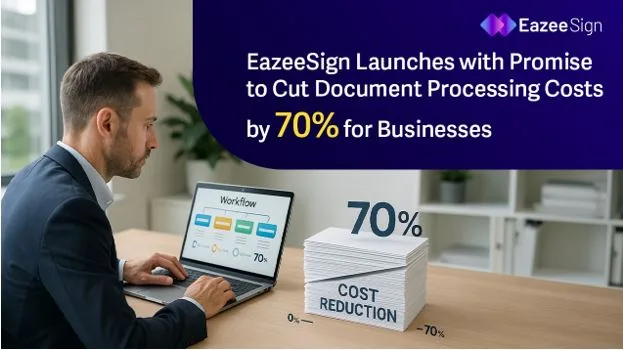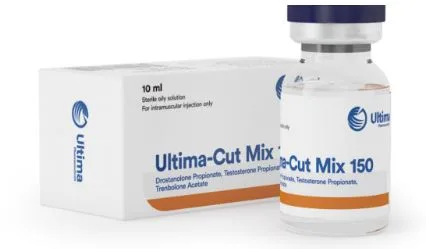The Future of Forever: Engagement Ring Trends Redefining 2025
In an era where personal values are driving consumer choices more than ever before, the engagement ring industry is undergoing a significant transformation. No longer just a symbol of love, engagement rings are becoming reflections of individual identity, ethical values, and innovative technology. As we move through 2025, a powerful shift is taking shape — one that blends tradition with personalization, data-backed purchasing, and sustainability.
A New Era of Individualism in Ring Design
One of the most noticeable changes in the engagement ring landscape is the demand for personalization. According to a 2024 survey by The Knot, over 68% of couples said they preferred custom-designed rings over off-the-shelf styles — a sharp increase from 49% in 2019.
This trend is not just aesthetic. It reflects a growing desire among buyers to create a ring that tells a story. From engraved coordinates of where a couple met, to colored stones that signify a shared memory, individuality is now considered the ultimate luxury.
“In 2025, personalization isn’t a trend — it’s the baseline,” says Matt Bick, Director of Alan Bick Engagement Rings. “Couples want rings that reflect who they are, not just what’s popular. We’re seeing a huge rise in alternative cuts, colored diamonds, and unique metal combinations that align with personal style and story. It’s not about what everyone else is wearing. It’s about what feels timeless to you.”
Ethical Sourcing Is Now the Standard
Sustainability has also emerged as a top priority. A 2023 McKinsey report projected that by the end of 2025, nearly 80% of Gen Z and Millennial buyers would seek ethically sourced or lab-grown diamonds. This isn’t just about climate — it’s about conscious luxury.
Lab-grown diamonds have grown from a niche to a mainstream option, especially as their environmental benefits and pricing advantages become clearer. These diamonds are chemically identical to mined ones, but they avoid the complex ethical and geopolitical issues associated with traditional diamond sourcing.
Moreover, metals like recycled gold and platinum are becoming preferred choices. Jewelers are also increasingly offering transparency portals, where customers can trace the origin of each component in their ring — from mine to finger.
Data-Driven Shopping Is Reshaping Retail
In 2025, engagement ring shopping is as digital as it is emotional. Platforms now use advanced data analytics, AI-based sizing and style tools, and even AR/VR to provide an immersive, personalized experience.
Google Search Trends reveal a 47% year-over-year increase in searches for “AI engagement ring try-on” and “virtual ring designer.” This highlights how consumers are increasingly relying on tech to guide high-stakes decisions from the comfort of home.
Leading retailers have integrated predictive design tools that recommend ring settings based on browsing behavior, partner preferences, or lifestyle data. This not only makes the process smoother — it leads to higher satisfaction and fewer returns.
Minimalism Meets Maximal Emotion
There is also a clear stylistic evolution taking place. The modern bride or groom is leaning toward minimalism — but not in a cold or sterile way. Thin bands, bezel settings, and simple solitaires are dominating 2025 design boards. But these designs are chosen not for lack of complexity, but because they offer a clean canvas for deep, emotional significance.
According to Pinterest’s 2025 wedding insights report, searches for “meaningful minimalist rings” grew by 64% year-over-year. This reflects a desire to strip away the noise and invest in quality, durability, and sentiment.
Tech-Enhanced Shopping Experiences Are Now the Norm
The engagement ring journey in 2025 is increasingly being shaped by technology — and not just at the point of purchase. From AI-powered style quizzes to immersive virtual try-ons and blockchain-backed diamond certificates, couples now expect a seamless digital-to-physical buying experience.
Retailers that once relied solely on showroom visits are integrating 3D ring configurators, augmented reality, and personalized e-commerce flows. These tools allow users to visualize custom designs, compare gemstone brilliance, and simulate how different band metals look on their skin tone — all from a mobile device.
This shift is more than a convenience. It’s a reflection of how digital-first consumers prefer to shop — with independence, information, and interactivity.
Matt Bick adds,
“We’ve invested heavily in digital tools not just to modernize, but to humanize the process. When customers can see every facet of their ring in real time, or chat with an expert from their living room, the entire experience becomes more personal. That’s what builds trust.”
Lab-Grown Diamonds Are Officially Mainstream
What was once considered an alternative is now a powerful first choice. Lab-grown diamonds now account for over 60% of all engagement ring sales in North America — and that figure is expected to climb further by the end of 2025. Their chemical makeup is identical to mined diamonds, but their ethical profile, affordability, and transparency are what appeal most to younger buyers.
As prices of lab diamonds have decreased (by an estimated 15–20% year-over-year), couples are using the savings to either upgrade carat size or invest in a higher quality setting. Others are pairing lab-grown center stones with sustainable recycled gold or platinum bands to make the entire ring environmentally responsible.
Jewelry brands have taken note — and are embracing lab-grown collections not just as an option, but as a core part of their value proposition.
Engagement Rings Are Becoming Genderless
One of the most progressive shifts of 2025 is the growing move toward genderless engagement jewelry. With increasing awareness around inclusivity and identity, engagement rings are now being designed without traditional labels — celebrating love in all its forms.
This has led to new design standards: bold bands for women, delicate settings for men, and a rise in unisex pieces that center on clean lines, minimalist design, and customizable elements.
Many buyers are now opting for dual rings — both partners wearing rings that are different but connected in motif or message. It’s an evolution of what “proposal” and “commitment” look like, breaking free from outdated gender norms and embracing love as a shared expression.
Ethical and Transparent Sourcing Is a Top Priority
Sustainability is no longer a secondary concern — it’s a dealbreaker for many modern buyers. In fact, a 2025 McKinsey consumer study found that 74% of engagement ring shoppers aged 25–35 would switch brands if another provided better traceability and ethical assurances.
From blockchain-backed origin reports to responsibly mined or lab-created gemstones and recycled metals, the focus is on provenance. Shoppers want to know where each element of the ring came from, how it was sourced, and who it supports.
Brands that lead with clear, verifiable ethics are thriving. And customers are now asking smarter questions — about labor conditions, carbon emissions, and fair trade certifications — before making their purchase.
“The future of fine jewelry lies in accountability,” says Matt Bick.
“At Alan Bick, we don’t just talk about ethics — we show our work. We believe your ring should tell a beautiful story, not just on your finger, but across its entire journey.”
Tips for Buying the Perfect Ring in 2025
As the market continues to evolve, choosing the right engagement ring requires more than just selecting a pretty stone. Here are a few expert tips to help modern buyers make confident, informed decisions:
- Start with a Story, Not a Budget
Yes, financial planning is essential. But begin by thinking about the story you want the ring to tell — your shared values, your style as a couple, and what matters most. From there, you can shape a budget that supports a meaningful design. - Think About Longevity
Trends are great for inspiration, but timelessness matters more. Go for a design that will feel right not just today, but decades from now. This doesn’t mean boring — it means thoughtfully crafted and aligned with your values. - Prioritize Transparency
Ask questions. Where is the diamond sourced? Is the metal recycled? What are the maintenance needs? Reputable brands in 2025 offer full traceability and will be happy to provide these answers. - Explore Virtual Consultations
Take advantage of digital tools to explore designs, try rings on virtually, and even consult with a designer in real time. This hybrid experience is now a standard part of the process — and it’s often more personal than walking into a store. - Personalization Doesn’t Mean Complexity
Even small custom touches — like initials inside the band, hidden gemstones, or a favorite quote — can elevate a design. You don’t need to reinvent the wheel to make it yours.
Conclusion: The Engagement Ring Is More Meaningful Than Ever
In 2025, an engagement ring is no longer a static symbol — it’s a dynamic story. A story of sustainability, shared values, modern aesthetics, and emotional intent.
Buyers are more informed, more intentional, and more expressive than ever before. Whether they’re choosing lab-grown over mined, customizing their setting, or shopping virtually from across the world — the common thread is purpose.
With every year, the ring becomes less about tradition and more about connection. And in a world driven by speed and change, that kind of meaning is what truly lasts.




